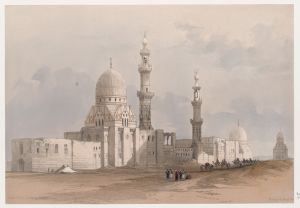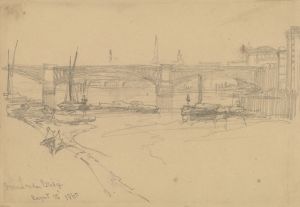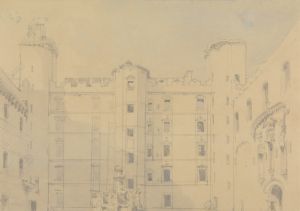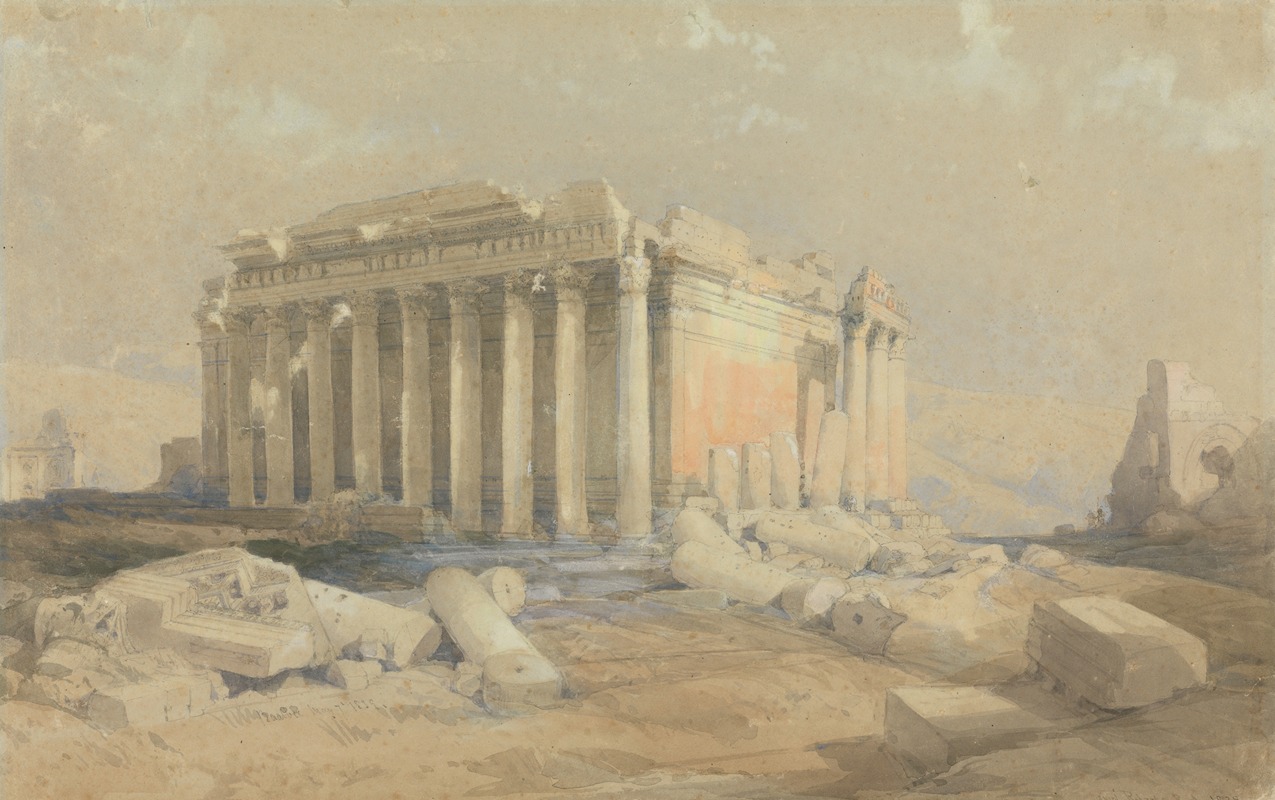
The Temple of Baalbec
A hand-painted replica of David Roberts’s masterpiece The Temple of Baalbec, meticulously crafted by professional artists to capture the true essence of the original. Each piece is created with museum-quality canvas and rare mineral pigments, carefully painted by experienced artists with delicate brushstrokes and rich, layered colors to perfectly recreate the texture of the original artwork. Unlike machine-printed reproductions, this hand-painted version brings the painting to life, infused with the artist’s emotions and skill in every stroke. Whether for personal collection or home decoration, it instantly elevates the artistic atmosphere of any space.
David Roberts' painting The Temple of Baalbec is a notable work created by the Scottish artist during the 19th century. Roberts, renowned for his detailed and romanticized depictions of architectural and historical landmarks, painted this piece as part of his extensive travels through the Middle East and North Africa. These journeys, which took place between 1838 and 1839, were instrumental in shaping his artistic legacy and contributed significantly to the Western understanding of the region's cultural and historical heritage.
The painting depicts the ancient ruins of Baalbek, a city located in present-day Lebanon. Baalbek is home to some of the most well-preserved Roman temples in the world, including the Temple of Jupiter, the Temple of Bacchus, and the Temple of Venus. Roberts' work captures the grandeur and scale of these ruins, emphasizing their architectural complexity and historical significance. His attention to detail and use of light and shadow highlight the intricate carvings and monumental columns that characterize the site.
Roberts' journey to Baalbek was part of a larger expedition to document the landscapes and monuments of the Holy Land, Egypt, and surrounding regions. He traveled extensively, often sketching on-site to create accurate representations of the locations he visited. These sketches later served as the basis for his finished paintings and lithographs. The Temple of Baalbec is one of many works that emerged from this period, showcasing Roberts' ability to blend artistic skill with a documentary approach.
The painting was likely created with the intention of appealing to a European audience fascinated by the exoticism and mystery of the East. During the 19th century, there was a growing interest in the ancient world, fueled by archaeological discoveries and increased travel opportunities. Roberts' works played a significant role in popularizing these sites and providing visual access to places that many Europeans would never visit.
David Roberts' paintings, including The Temple of Baalbec, were widely disseminated through lithographs produced by Louis Haghe, a prominent lithographer of the time. These prints were published in a series titled The Holy Land, Syria, Idumea, Arabia, Egypt, and Nubia between 1842 and 1849. The series was highly successful and remains an important historical record of the region's architectural heritage.
Today, The Temple of Baalbec is recognized as a valuable artistic and historical document, reflecting both the grandeur of the ancient ruins and the 19th-century European perspective on the Middle East. Roberts' work continues to be celebrated for its technical precision, artistic beauty, and contribution to the visual documentation of historical landmarks.





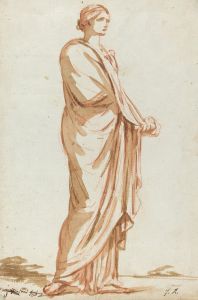
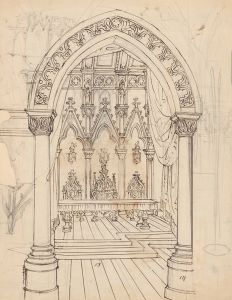
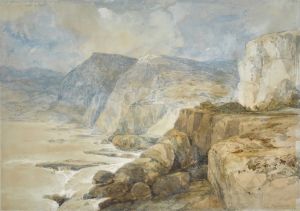

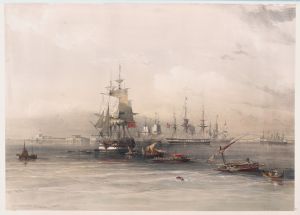
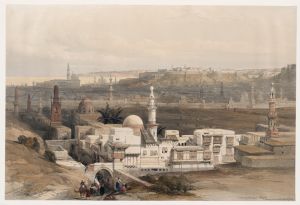

![Karnac [Karnak]. Nov. 29th, 1838](/imgs/217503/s/david-roberts-karnac-karnak-nov-29th-1838-5a10b435.jpg)
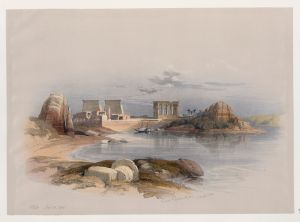
![Temple of Wady Saboua [Wadi al-Sabua], Nubia.](/imgs/217551/s/david-roberts-temple-of-wady-saboua-wadi-alsabua-nubia-52e62db.jpg)
